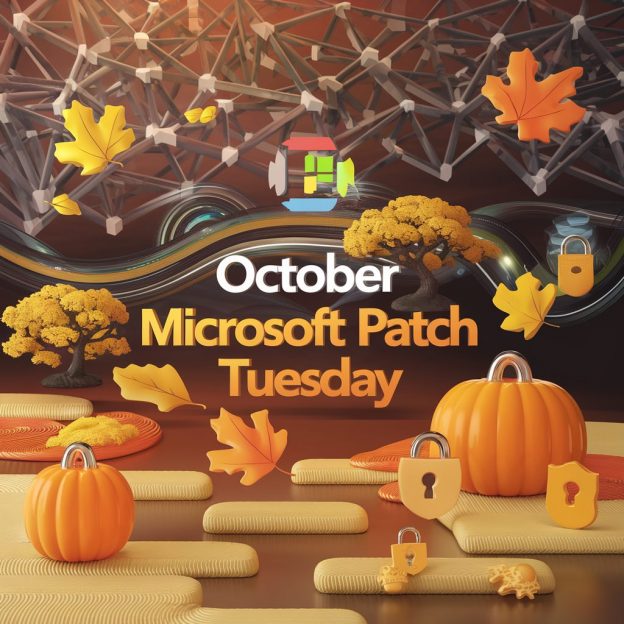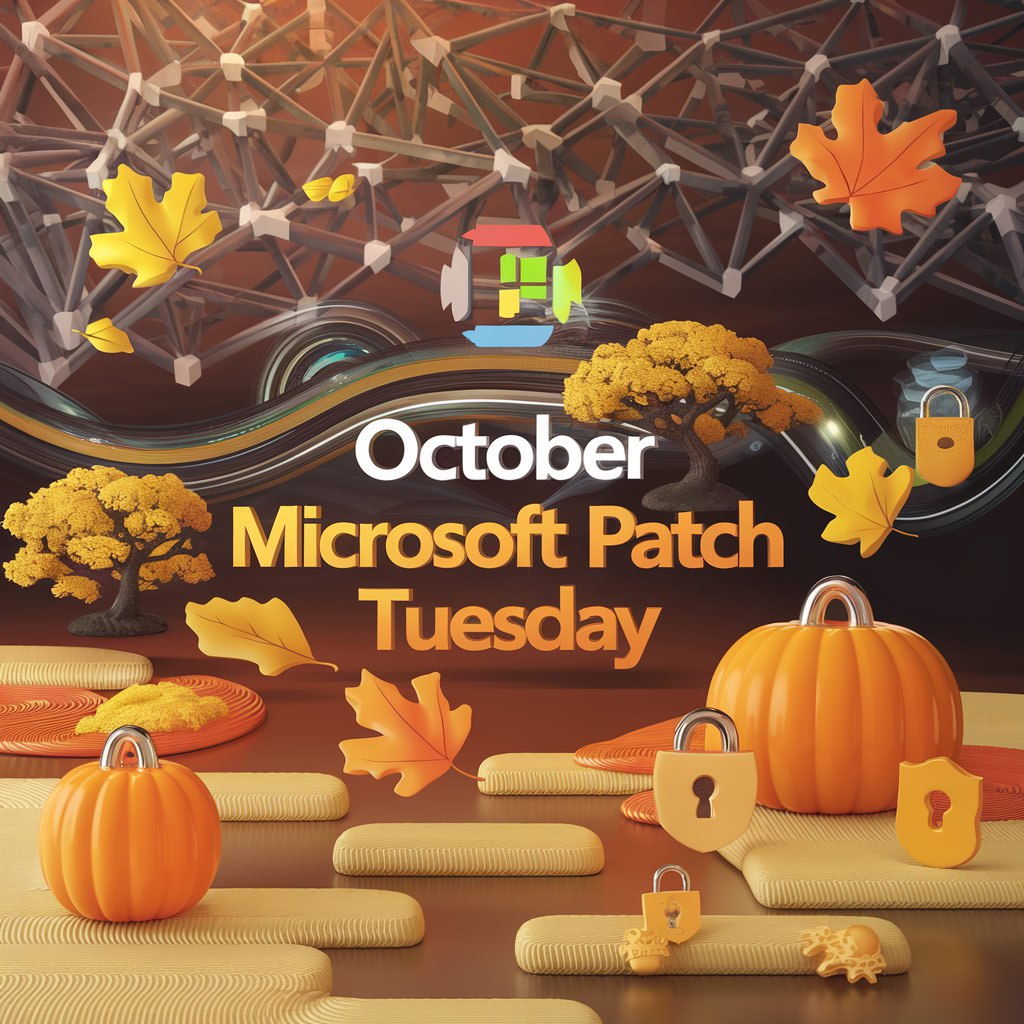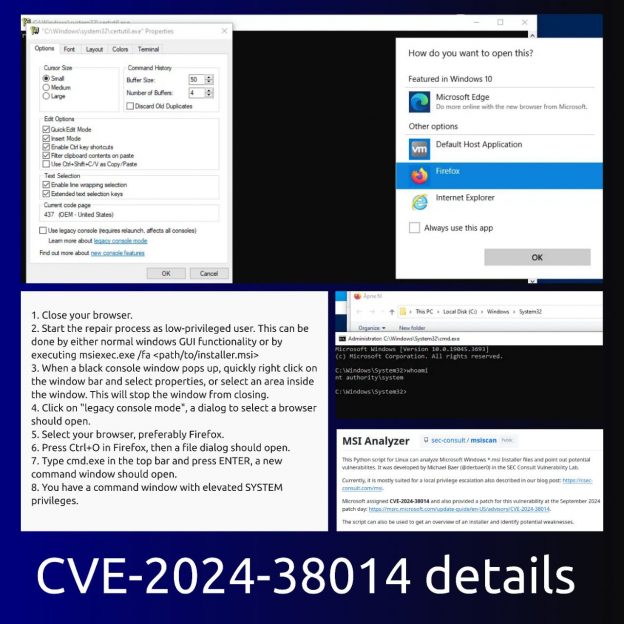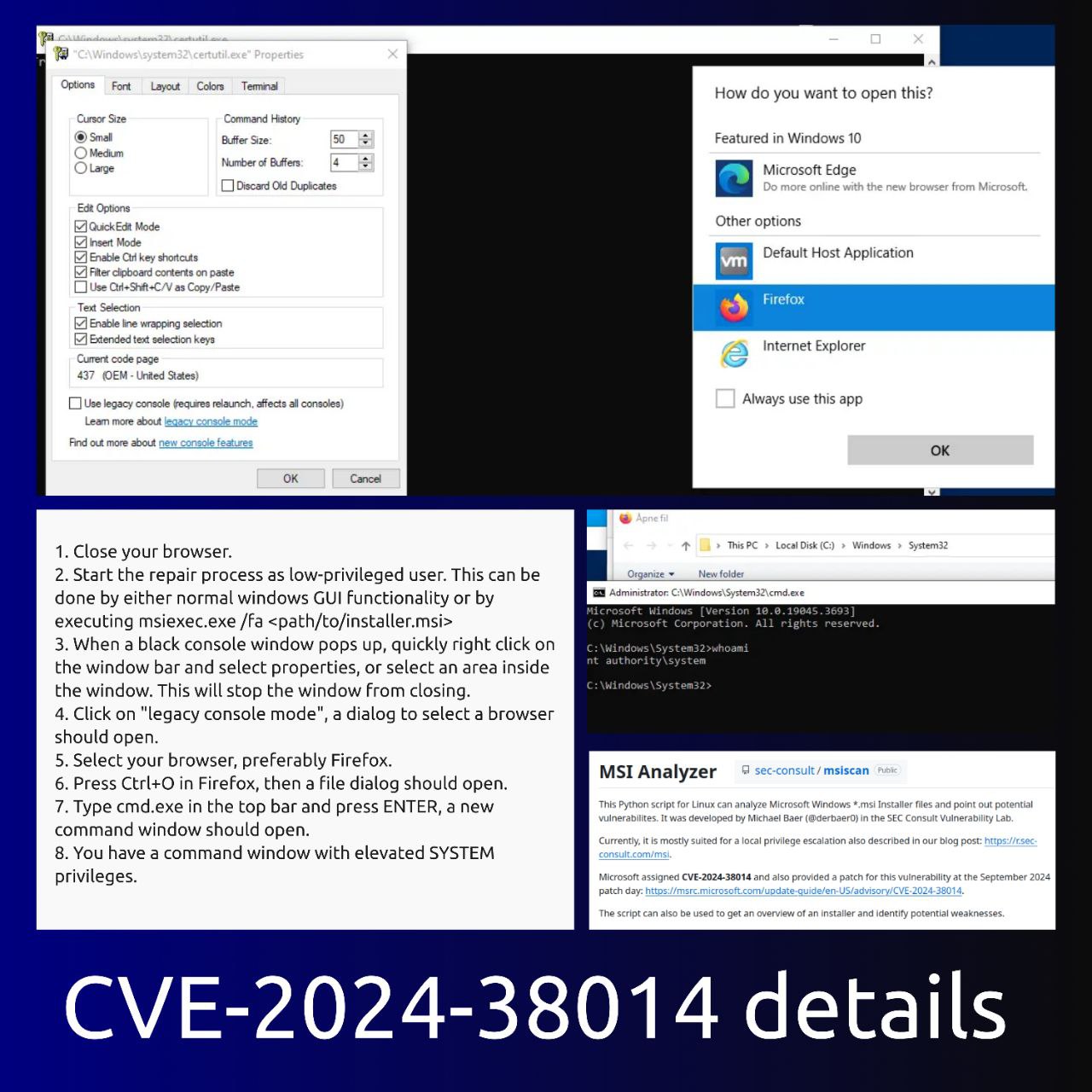
The severity of the Remote Code Execution – Microsoft SharePoint (CVE-2024-38094) vulnerability has increased. It was fixed as part of the July Microsoft Patch Tuesday (July 9).
SharePoint is a popular platform for corporate portals. According to the Microsoft bulletin, аn authenticated attacker with Site Owner permissions can use the vulnerability to inject arbitrary code and execute this code in the context of SharePoint Server.
On July 10, a repository with a PoC exploit for this vulnerability appeared on GitHub, as well as a video demonstrating how an attacker can launch processes on the attacked SharePoint server. A GitHub search by CVE number does not find a repository with the exploit, but a link is available in the The Hacker News article. Exploit also relates to the July SharePoint RCEs CVE-2024-38023 and CVE-2024-38024.
On October 22, the vulnerability was added to the CISA KEV, which means it was exploited in the wild.











